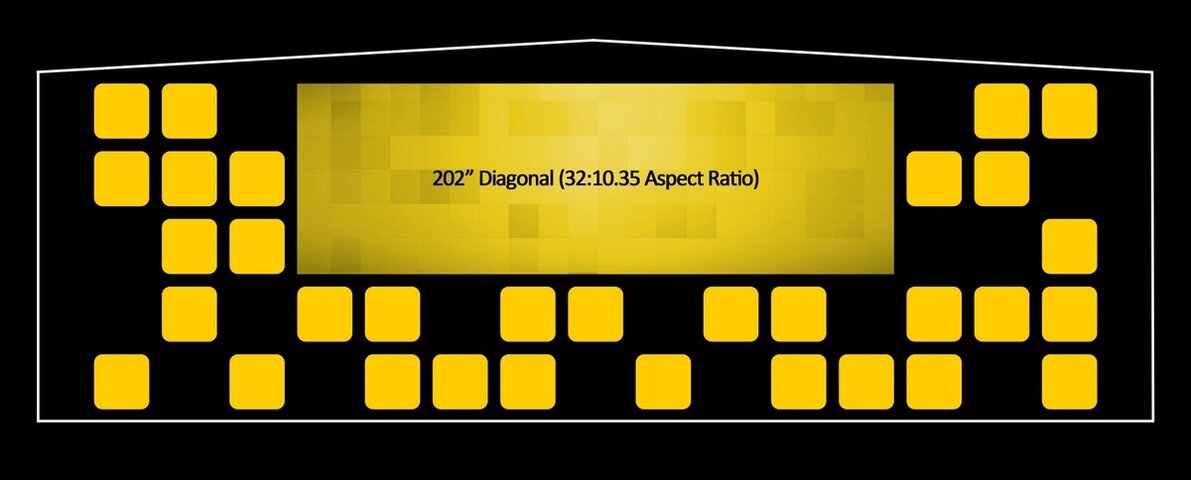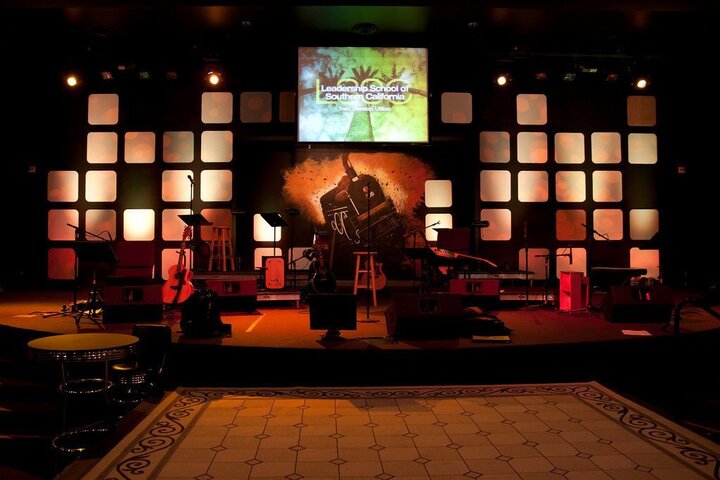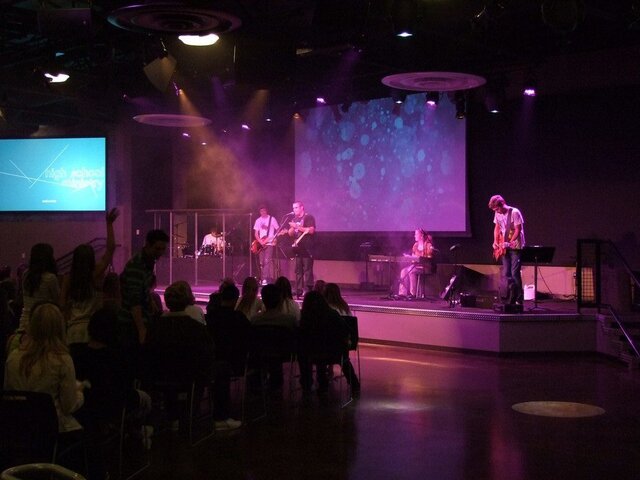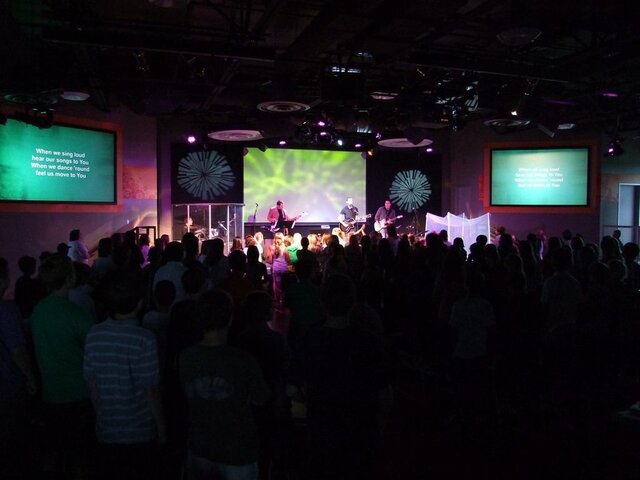Hi everybody.
Recently, we've been thinking of a stage design for our youth room that is to be remodeled. We really like the concept of a grid of squares and went off that to design a stage. I've attached a picture of the design.
My question is, what material should we use for the squares? They're 18x18", and we want them to be semi-transparent, so we can put lights behind them. The lights that we have chosen are PAR36 cans that are RGB color mixing LED's.
Any thoughts welcome!

Recently, we've been thinking of a stage design for our youth room that is to be remodeled. We really like the concept of a grid of squares and went off that to design a stage. I've attached a picture of the design.
My question is, what material should we use for the squares? They're 18x18", and we want them to be semi-transparent, so we can put lights behind them. The lights that we have chosen are PAR36 cans that are RGB color mixing LED's.
Any thoughts welcome!









